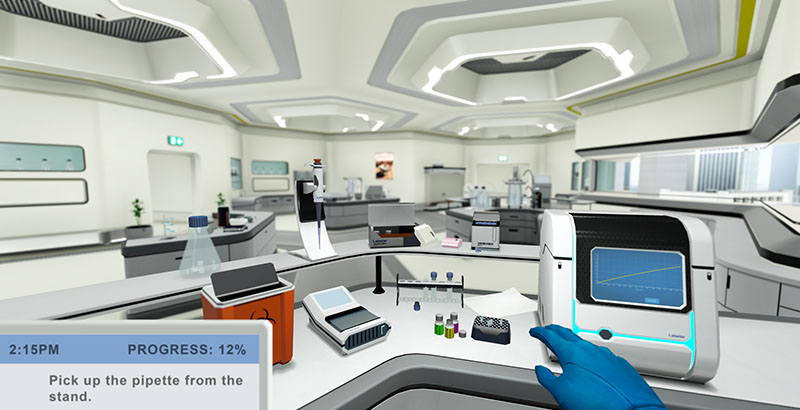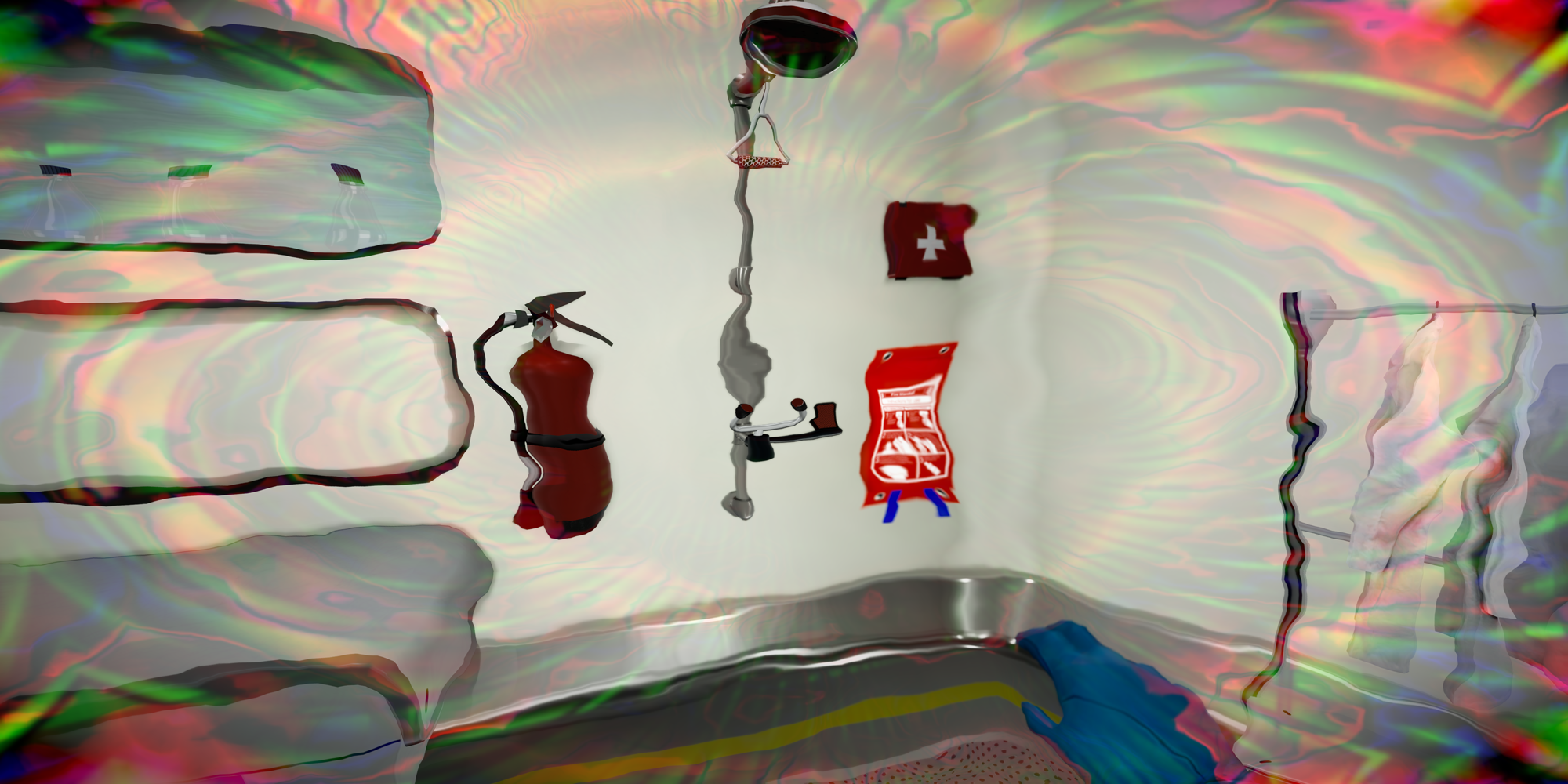Labster Brings Virtual Laboratories — and Coronavirus Research — to K-12 Students

Clarification appended Aug. 5
Most scientists don’t ever step inside a Biosafety Level 3 laboratory, uniquely designed with security protocols to prevent the escape of dangerous pathogens. But these labs are a must for finding vaccines for pandemic-level viruses, such as the coronavirus. For eight years, Labster has offered scientists and students at universities including Harvard, MIT, Stanford and Berkeley the opportunity to virtually explore these essential facilities and discover the process for running tests on the deadly virus found inside, without issues of access, expense and, frankly, danger.
Now, Labster is bringing its virtual lab offerings to K-12 for the first time. Launching just two weeks before the pandemic shuttered schools across the United States, Labster opened up a simulation for middle and high school students — including a lab encouraging students to explore identifying antibodies for COVID-19 — for free.
These virtual labs are modeled after real-world counterparts and stocked with the same equipment, says Michael Jensen, Labster co-founder and CEO. By manipulating the hands of a virtual technician, students choose what to touch, grab and move, and where to go inside the lab. During each simulation, they are presented with questions and challenges, and they must make decisions on how to act within the setting.
It’s all easily accessible, with a basic laptop or Chromebook connected with stable internet able to handle more than 100 simulations across 18 subject areas.
The inspiration came while co-founder Mads Bonde was teaching science in Denmark 12 years ago. It was peculiar, Jensen says, that “something as fascinating as science was really boring for a lot of students.” He blamed the lack of engaging content — because of cost, time and safety, most students just sat with their textbooks to learn about science instead of digging in with their hands.
Jensen and Bonde used their teaching and video game industry backgrounds to create hundreds of simulations to cover every chapter of a textbook, rewriting the way science is taught while building an immersive gamified learning experience. Part of the allure, Jensen says, was designing a journey for students to learn concepts and solve real-world challenges, whether global warming or COVID-19. “One of the things we found is that students often just find science so boring that they don’t even try to learn it,” he says. “If you can create immersive, interactive content that really grabs the student’s imagination, it makes them engaged and makes them learn more effectively.” Every simulation, then, has a story line that becomes a mission for the students.
For example, instead of teaching a stuffy safety lesson before students get to explore the lab, the Labster setup includes “intentional failure” — a fire, acid in the eyes or an anthrax scare — forcing them to use what they’ve learned to quickly solve a problem.

With offices in Denmark, the United States, Switzerland and Indonesia, Labster already has a strong presence within the university sector, but it has seen more than 30,000 K-12 science teachers sign up in the first two months since the pandemic struck. MIT and BioGen have partnered to create a summer course for accepted students using Labster, and California Community College recently trained nearly 500 teachers on Labster and gave access to 2.1 million students across 115 college campuses. Arizona State University developed a fully accredited four-year online science degree that doesn’t include any physical labs, using only Labster for all experiments.
“These virtual labs are now so good that if you want, you can replace the physical lab,” Jensen says. “The quality is there.”
Marta Frisardi, a genetics professor at the University of New England, says, “Students have the opportunity with Labster for a unique lab experience that allows them to encounter and carry out procedures and techniques they would actually conduct in a laboratory.”
In the simulation geared toward K-12, videos include students learning to handle dangerous chemicals and experiencing different levels of lab safety, and the journey of identifying antibodies and viruses. Students learn the core concept of antibodies and their importance and how they work. “When you use the concept of COVID-19 and give it that context,” Jensen says, “students understand how important that learning is.”
“With virtual labs, we actually get the students to do more scientific thinking and less hand manipulation,” says California State University, Northridge, biology professor Dr. Cindy Malone. “And that’s what we really want — the students learning how to think scientifically.”
Clarification: After publication, the company updated the number of participating teachers, the role of the co-founder and connectivity requirements.
Get stories like these delivered straight to your inbox. Sign up for The 74 Newsletter

;)
